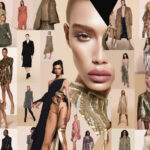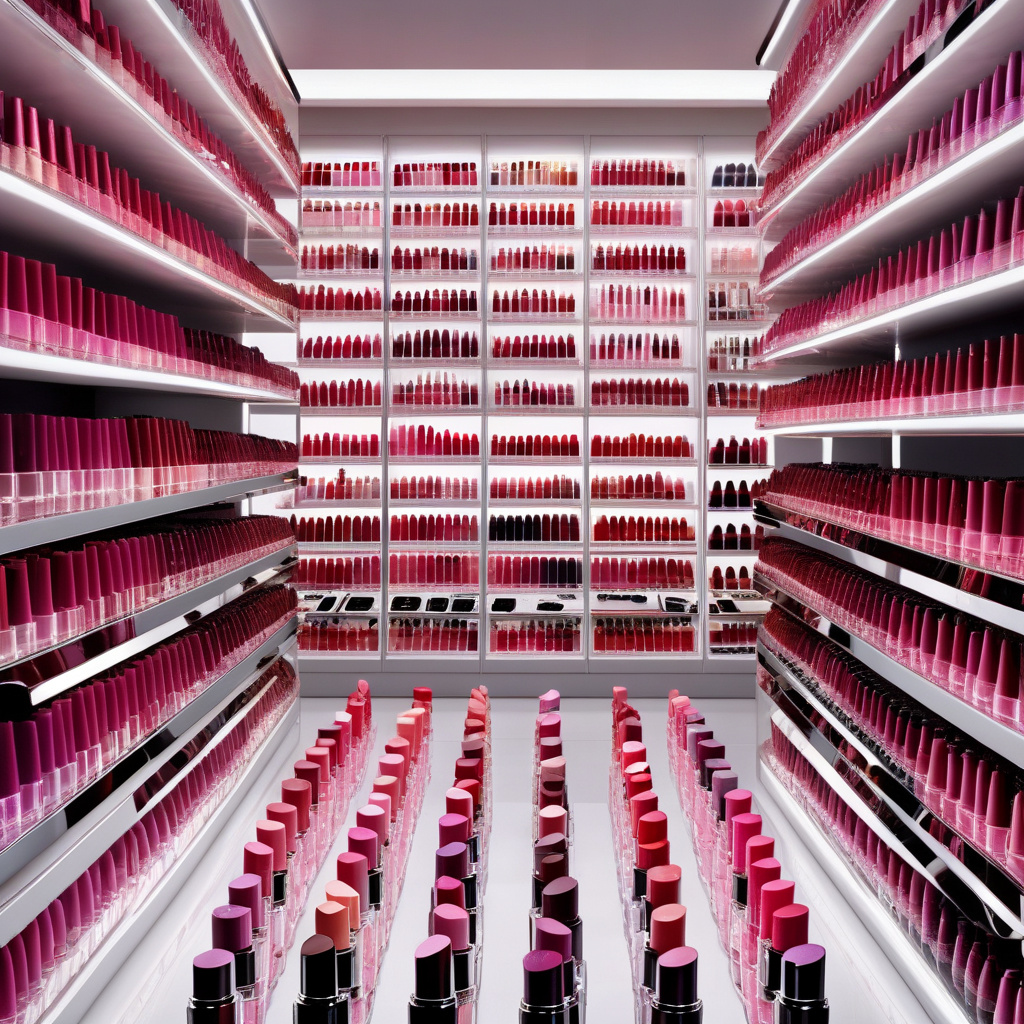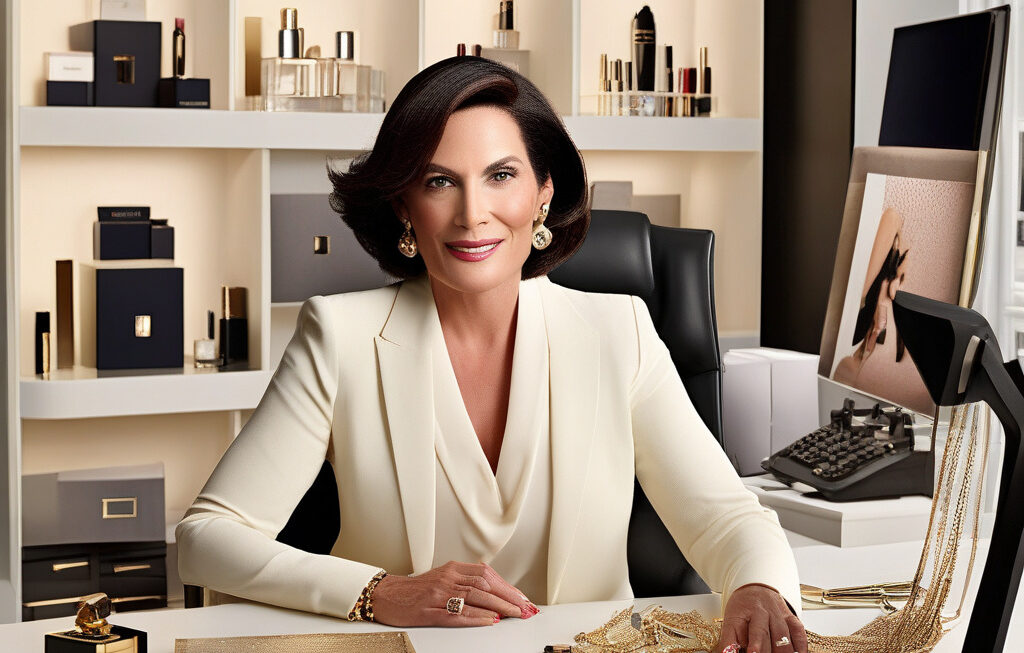The End of the Lipstick Index
The beauty industry, long hailed for its resilience in the face of economic uncertainty, is now facing a new reality – the end of the lipstick index. For years, the lipstick index, coined during the recession of the early 2000s, referred to the phenomenon where sales of cosmetics, particularly lipsticks, would soar even as the economy plummeted. The theory behind it was simple – during tough times, consumers would turn to affordable indulgences like lipsticks to lift their spirits without breaking the bank. However, recent trends indicate a significant shift in consumer behavior that is challenging this long-standing notion.
After enjoying years of double-digit growth and being perceived as recession-proof, the beauty industry is discovering that the traditional rules no longer apply. Cash-strapped customers, grappling with financial uncertainty and changing priorities, are now shying away from these once-beloved “little luxuries.” The global pandemic has undoubtedly played a pivotal role in reshaping consumer habits and attitudes towards discretionary spending. As people prioritize essential items and reassess their purchasing decisions, the demand for beauty products, especially premium cosmetics, has taken a hit.
One of the key reasons behind this shift is the changing lifestyle habits brought about by the pandemic. With remote work becoming the norm for many, the need for cosmetics has diminished. The closure of social venues, events, and gatherings has also contributed to a reduced demand for makeup. As face masks continue to be a common accessory, the focus has shifted towards skincare products that cater to maintaining healthy skin rather than makeup that conceals imperfections.
Furthermore, the economic impact of the pandemic cannot be overlooked. Job losses, pay cuts, and financial uncertainty have forced consumers to tighten their budgets and prioritize essential purchases. Discretionary spending, including beauty products, has taken a back seat as people adopt a more conservative approach towards their finances. The once-dependable lipstick index is now faltering as consumers opt for savings and financial security over indulgent purchases.
As a result, beauty companies are being forced to adapt to this new reality. Many brands are shifting their focus towards skincare, wellness, and self-care products that align with the current consumer mindset. By emphasizing the importance of self-care and overall well-being, these companies are tapping into the growing demand for products that offer both therapeutic benefits and tangible results.
In conclusion, the end of the lipstick index signifies a broader shift in consumer behavior and priorities. The beauty industry, once considered recession-proof, is now navigating a landscape where affordability, practicality, and self-care reign supreme. As companies respond to these changing dynamics, the future of the beauty industry lies in innovation, adaptability, and a deep understanding of consumer needs in a post-pandemic world.
beauty, industry, consumer behavior, pandemic, skincare












